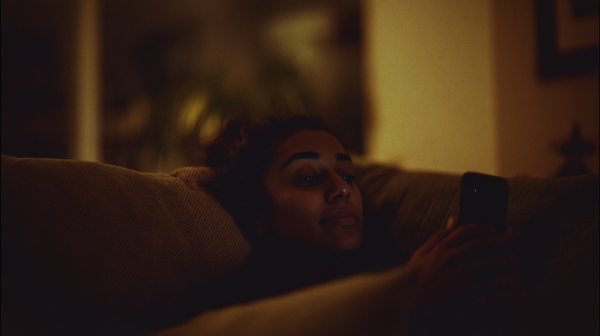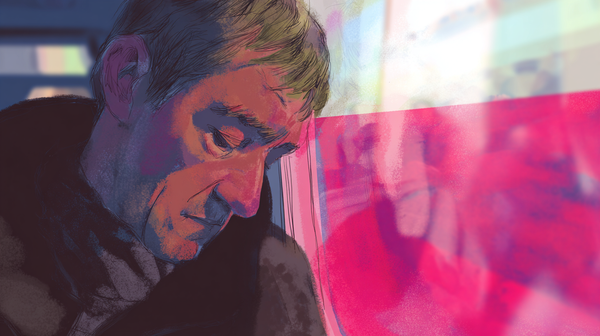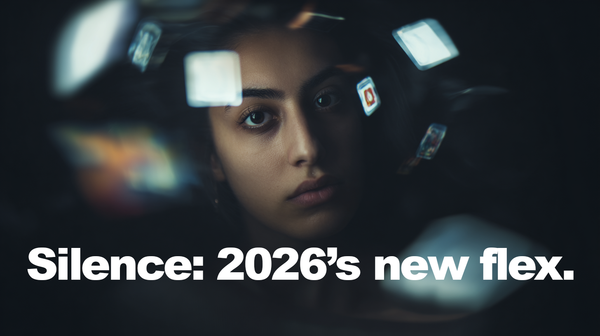The Rise of Hardness Culture: Why Men Are Embracing Discipline, Control - and Discomfort - as Self-Care 🥶
Across Instagram, Reddit, YouTube, and away from the algorithms, men are turning to pain, precision, and performance as paths to personal salvation. But why?
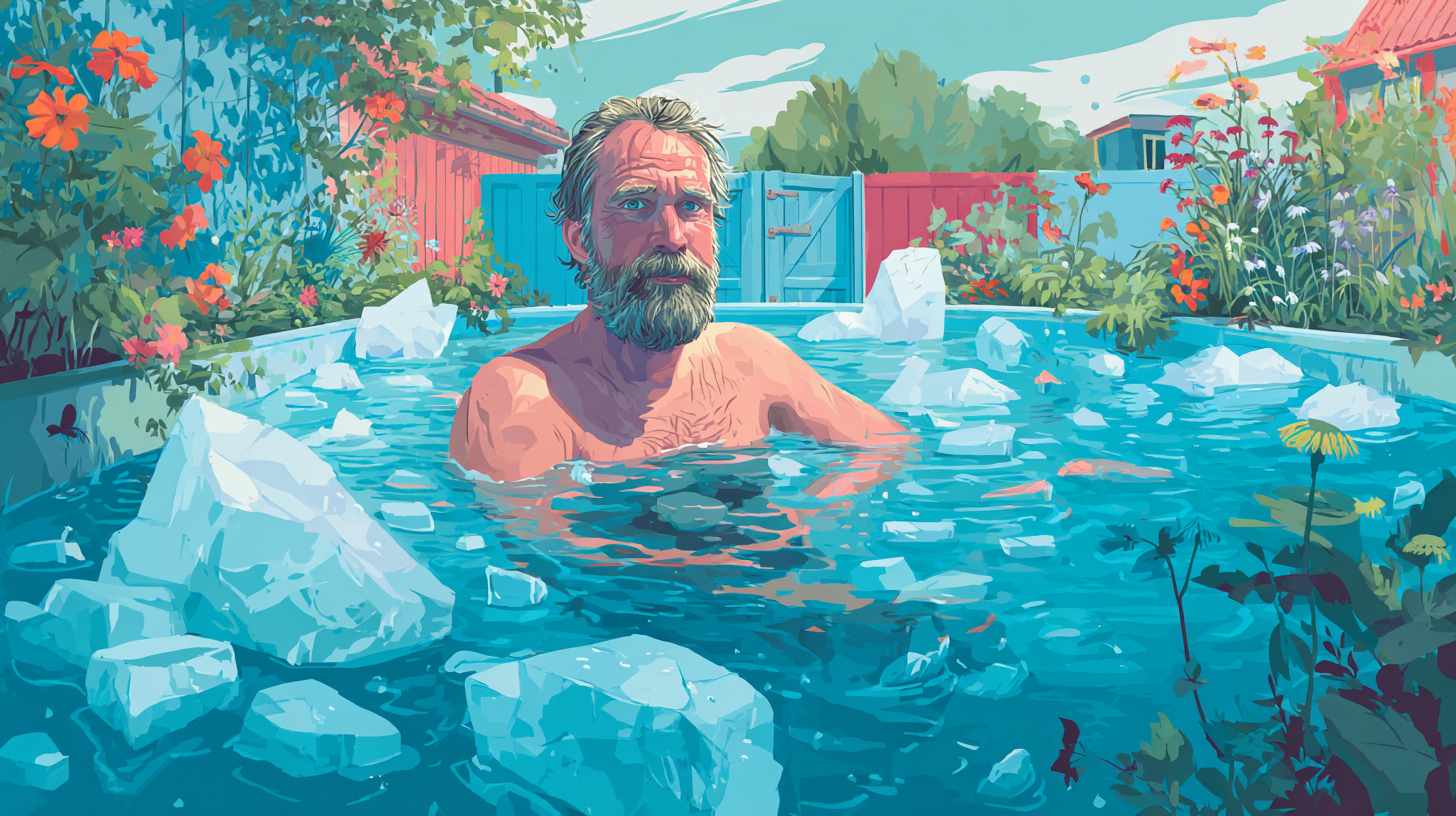
Let me paint you a picture: A man sinks into the tub, muscles tight, breath shallow. Ice chips float around his shoulders. His jaw clenches against the cold as his Apple Watch buzzes: his heart rate is spiking. A voice crackles from a Bluetooth speaker behind him, Andrew Huberman mid-sentence: "Cold exposure increases dopamine by 250 percent..."
👇👇Listen to the newsletter here 👇👇

This isn't punishment. This is ritual. Across Instagram, Reddit, YouTube, and away from the algorithms, men are turning to pain, precision, and performance as paths to personal salvation. Cold plunges. Fasting protocols. Ultra-marathons. Semen retention. They're not chasing comfort or ease. They're chasing mastery, control, and meaning.
And it's growing. The global cold plunge market, now worth $350 million, is climbing steadily toward half a billion dollars. Ultra-endurance events have seen a 1,600% rise in participation over the last two decades - and are dominated by men. In a time of ambient burnout and emotional disconnection, this kind of suffering sells. But what's really going on here?
Beneath the spreadsheets of macros and metrics is something older, more fragile: a search for meaning. For control. For a story in which they get to be the hero.
This is male-coded wellness: not soft, pastel self-care, but the harder, more tactical cousin. And while it may wear the uniform of discipline, what it's often masking is something more vulnerable: a quiet, culturally unaffirmed need to feel okay.
That’s why in this week’s Brink, I’m mapping male wellness. The groups, the beliefs, and what happens when suffering becomes a barrier men aren’t supposed to get over.
The New Shape of Male Wellness 🏋️♀️
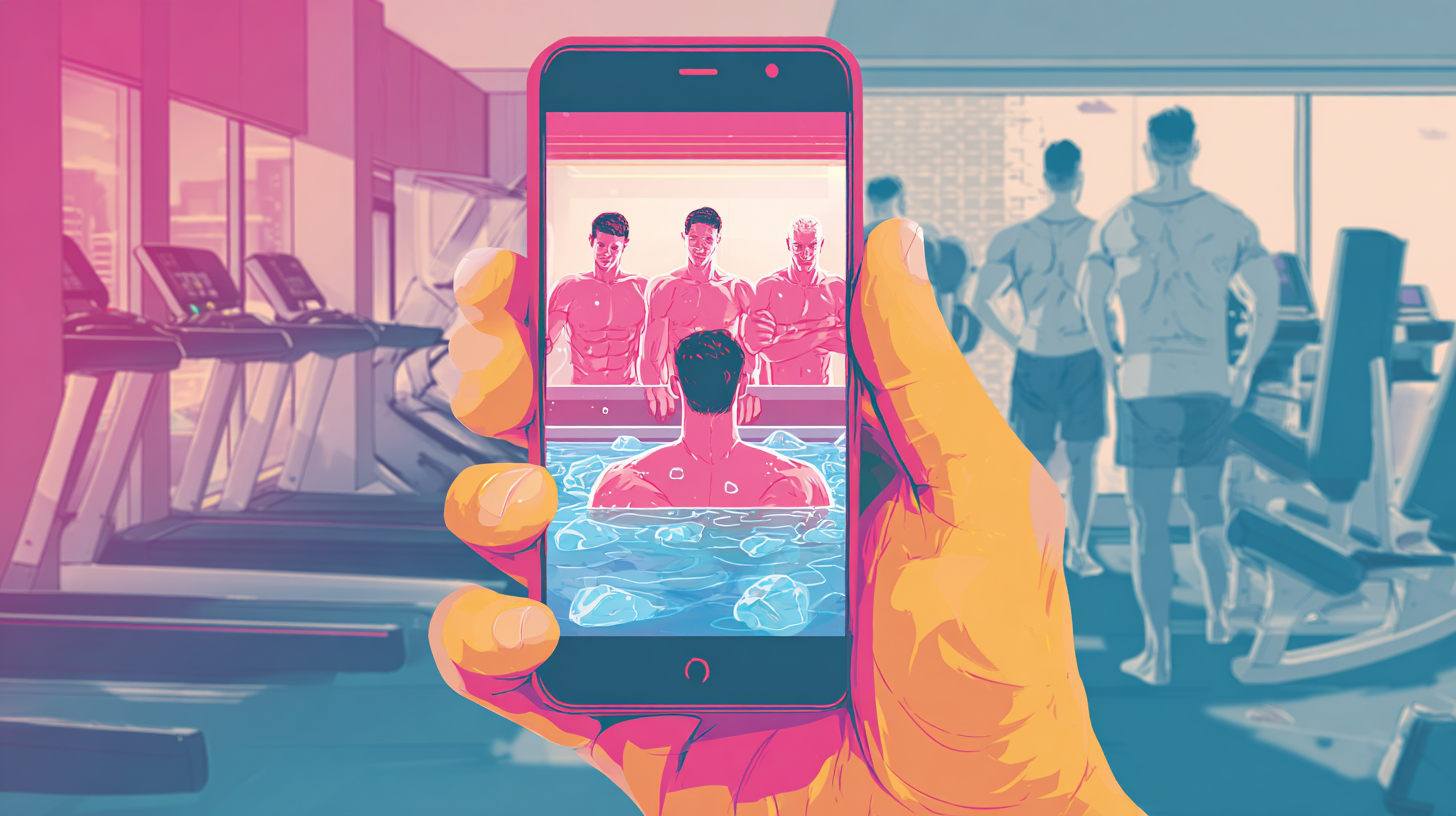
Male wellness exists. It's just not dressed in lavender and leggings.
Instead of "alignment" and "flow," it speaks in numbers: testosterone levels, fasting windows, heart rate zones, 5 a.m. wake-ups. Where traditional wellness culture might offer permission to rest, male-coded wellness offers strategies to outperform. It is not about softness. It is about sharpness. Precision. Control.
And it's everywhere, once you know what to look for: the dopamine detox TikToks, the viral "own your morning" reels, the podcast guests with optimized bedtime routines down to the millisecond. This isn't healing, exactly. It's upgrading. It's healing rebranded for the performance-obsessed, retooled for the algorithm. Aesthetic self-care swapped out for tactical self-regulation.
@neurolab_ Neuroscientist: About Dopamine Detox?🤔 #neuroscience #n#neuroscientista#andrewhubermanh#hubermanlabd#dopamine
♬ origineel geluid - Neurolab
This "hardness culture" isn't new, but it's surging in this era of ambient uncertainty. Economic precarity, social isolation, the collapse of traditional male identity roles have all created a hunger for something solid, something actionable. And what these frameworks promise, at their core, is agency. A plot of internal land you can dominate when the outside world feels out of reach.
Where feminine-coded wellness has often centered intuition, emotional exploration, and healing the inner child, the masculine-coded version tends to frame anxiety as a problem to crush, emotions as data to regulate, and the self as a system to optimize. The methods may differ, but the underlying question is the same: Am I enough yet?
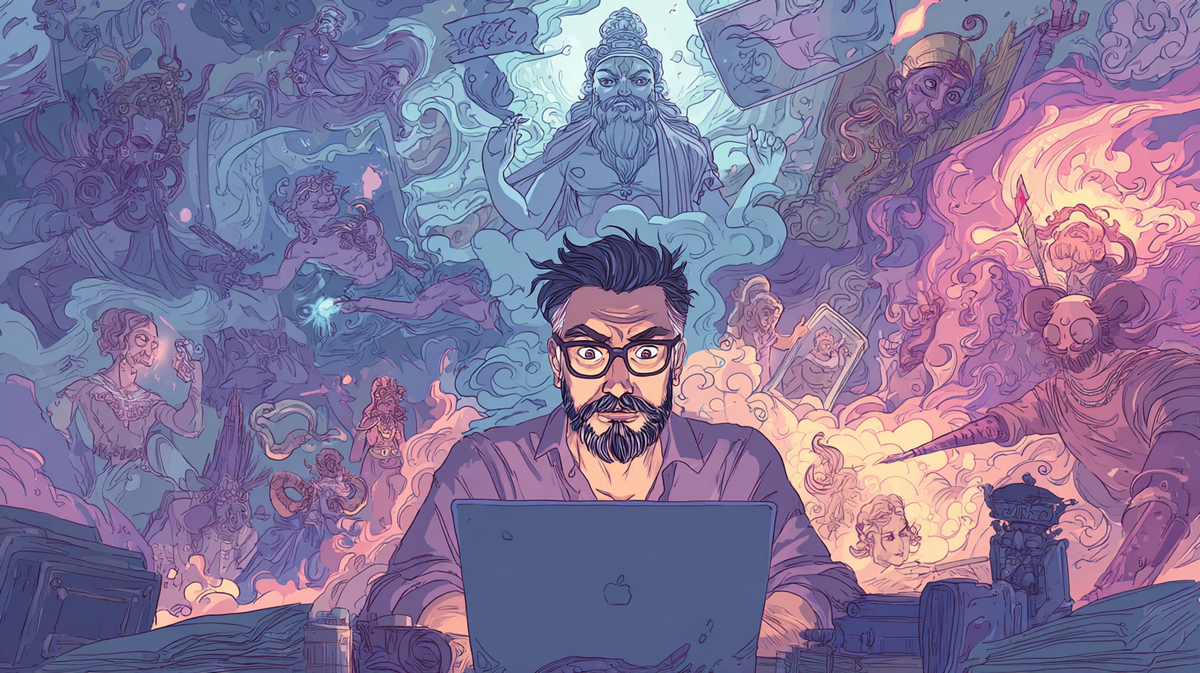
And in that shared question lies the beating heart of both: a deep, human need to feel safe, seen, and in control of our own becoming.
But masculine wellness is not a one size fits all. It’s a mosaic of ideas, mentors, and methods all designed to help put you back in control.
A Taxonomy of Testosterone-Infused Healing 🏊♀️
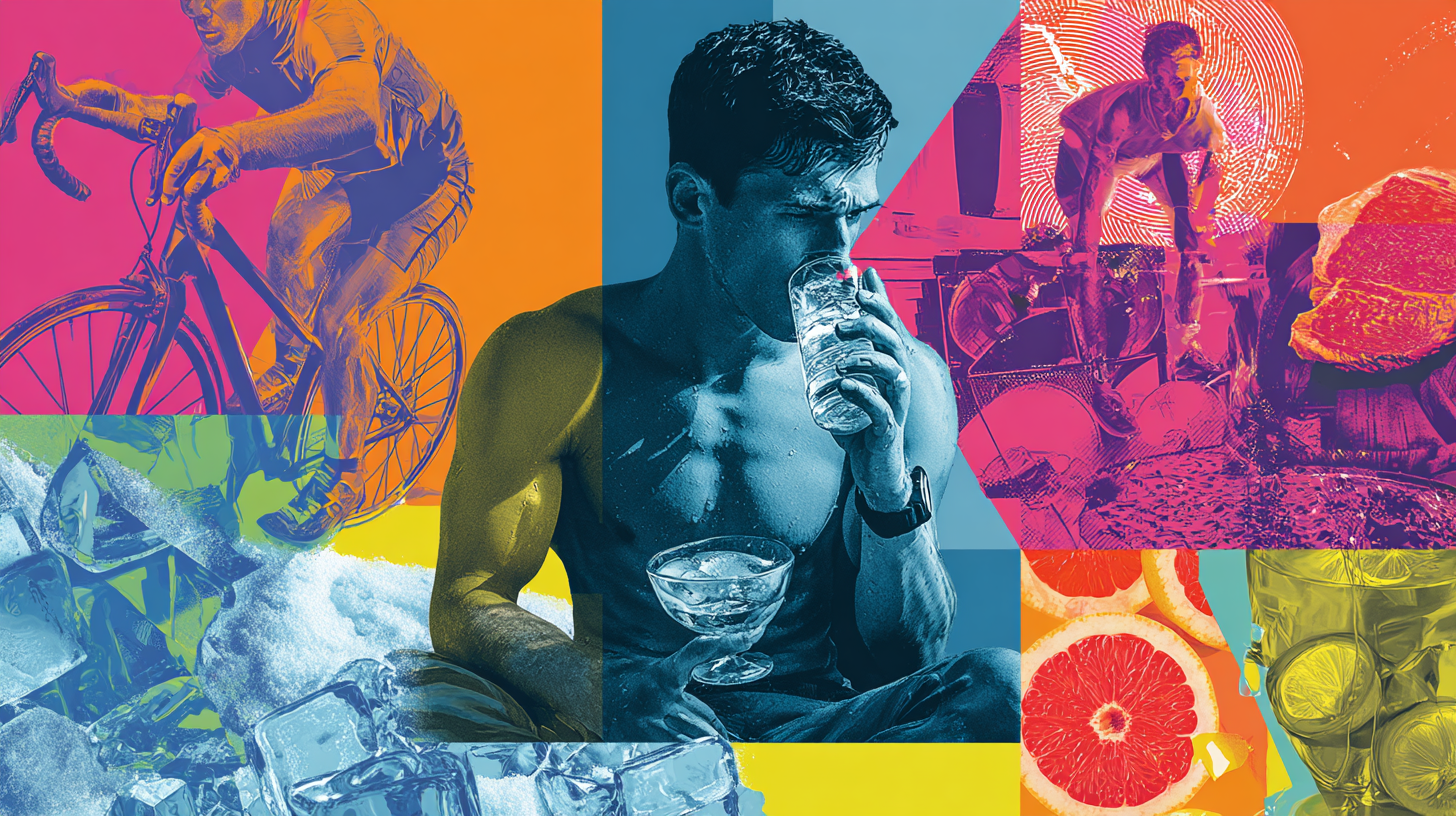
Male-coded wellness is less a single movement than a constellation of ideologies, aesthetics, and protocols. But if you zoom in close enough, five major forms begin to emerge: each a unique expression of the same underlying question: How do I become unbreakable?
Self-Improvement as Ritual 🧘♂️
What it promises: Discipline. Focus. Control.
Who it appeals to: High-achieving men, productivity maximalists, entry-level optimizers.
What it fears: Chaos. Laziness. Emotional excess.
How it handles vulnerability: By reframing it as a failure of systems-solve it with better habits.
This is the gateway drug: dopamine detoxes, time-blocking, cold showers, "Atomic Habits." Here, wellness isn't about feeling, it's about fixing. Pain becomes performance data. Emotions are inefficiencies. Everything is a puzzle to be hacked. It's appealing because it gives suffering a script and makes masculinity measurable again.

Biohacking the Body 💉
What it promises: Edge. Longevity. Superhuman control over biology.
Who it appeals to: Tech-leaning men, health optimizers, the longevity-curious.
What it fears: Aging. Mediocrity. Loss of power.
How it handles vulnerability: Outsources it to gadgets. Feelings are data points now.
This is where "clean eating" turns into nootropics, red light therapy, and semen retention. The body is no longer a home, it's a lab. Think: HRV scores, Zone 2 cardio, Bulletproof everything. Dave Asprey and Andrew Huberman become guides to a more optimized, less fragile self. Vulnerability? Tracked, measured, and (ideally) eliminated.
Coaching as Masculine Therapy 💪
What it promises: Mindset shifts. Emotional resilience. Purpose.
Who it appeals to: Entrepreneurs, spiritual seekers, men wary of traditional therapy.
What it fears: Stagnation. Weakness. Being seen as soft.
How it handles vulnerability: Packages it as transformation-vulnerability is leveraged for performance.
Coaching offers what therapy often doesn't: permission to feel without feeling fragile. It's a Trojan horse for emotional work, wrapped in grit and gratitude. Ed Mylett, Lewis Howes - these are not mental health professionals, but they speak the language of regulated masculinity. Cry, but make it a turning point. Feel, but make it a funnel.

Men's Work: Shamans, Shirtlessness, and Shadow Work 👹
What it promises: Brotherhood. Healing. A return to sacred masculinity.
Who it appeals to: Spiritual men, seekers, those burned out by hustle culture.
What it fears: Emotional disconnection. Father wounds. The void.
How it handles vulnerability: It invites it, but on highly ritualized terms. This is a world of structured catharsis and performative openness.
This is where things get woo. Breathwork in the forest. Sacred Sons retreats. Archetypes and ancestors. But even here, vulnerability has rules: tears are allowed if they're framed through strength, if they serve the narrative of transformation. It's intimacy with guardrails, spirituality with a six-pack.
The Alpha Male Mirage 🥩
What it promises: Dominance. Clarity. Power.
Who it appeals to: Disaffected men, online radicals, the status-starved.
What it fears: Feminization. Vulnerability. Losing relevance.
How it handles vulnerability: It doesn't. It rejects it, ridicules it, suppresses it.
This is the manosphere's answer to wellness: lift heavy, reject softness, destroy weakness. Andrew Tate. Liver King. Jocko. Emotions are liabilities. Empathy is emasculation. It's not that these men aren't hurting - it's that they've been taught to channel pain into aggression or deny it altogether. It's not self-care. It's self-surveillance.
Together, these expressions form a landscape: a fractured mirror of male longing. Each one touches on something real. Each one tries to answer the same question with different tools: How do I keep it together in a world that's falling apart?

Where This Comes From: A (Brief) History 📚
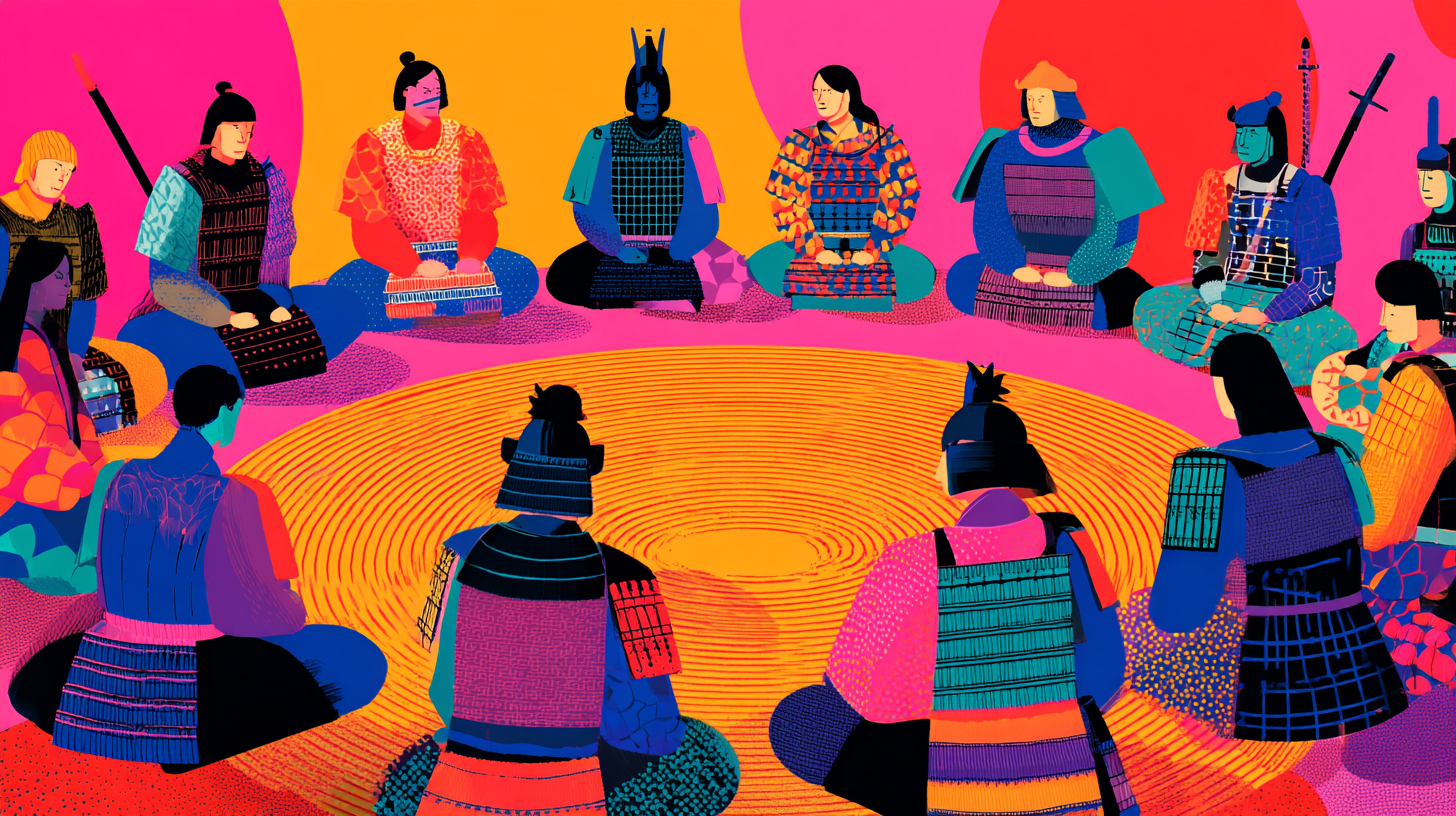
Male wellness didn't spring fully formed from a cold tub in 2020. It's part of a longer story. One that traces how emotional pain has been transmuted, rebranded, and rerouted through the machinery of masculinity for centuries.
It starts with stoicism. Not the diluted meme version, but the ancient philosophy that prized rationality, restraint, and virtue in the face of chaos. Over time, this evolved into a kind of emotional armor: to be a man was to be unmoved, unshaken, untouched by weakness. Pain wasn't something to feel, it was something to conquer.
The warrior codes of samurai, Spartans, and soldiers reinforced this further. Physical suffering became spiritual purification. The battlefield, literal or symbolic, was where identity was earned. To flinch was to fail. This legacy is still with us, echoed in every "embrace the suck" podcast or 4 a.m. gym selfie.
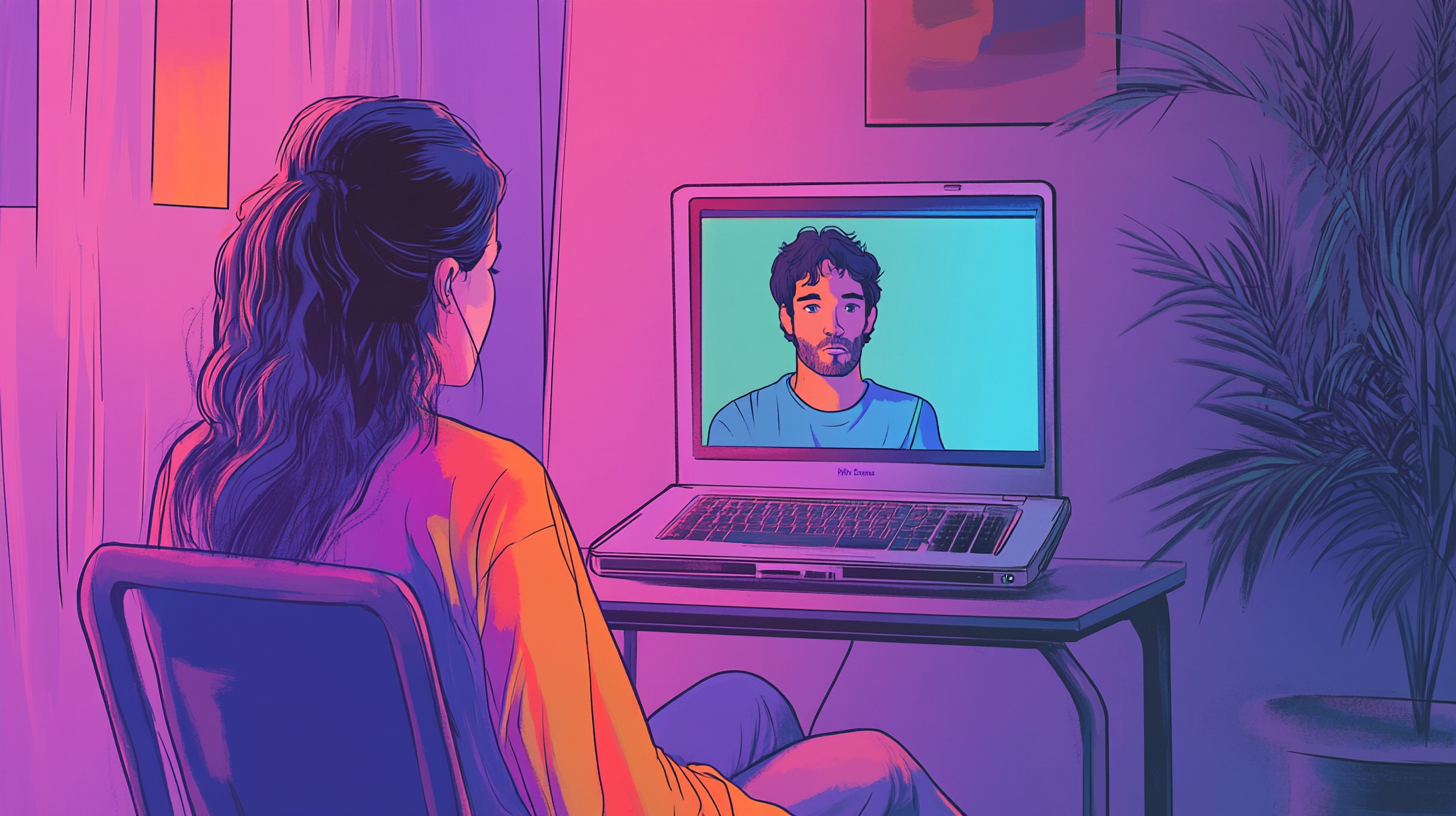
By the 1990s, the battlefield had gone corporate. Enter Tony Robbins, the prototype for modern high-performance masculinity: towering, loud, solution-oriented. Robbins didn't dismiss emotion, he redirected it. You could cry, but only if it helped you "break through." It was therapy rebranded as ambition. Emotion, if it existed, was just another tool for winning.
Then came the manosphere: a chaotic, often toxic stew of forums, YouTube channels, and subreddits where wounded masculinity mutated into rage. Here, self-improvement became self-preservation. Wellness was war. Vulnerability was a virus. In this world, emotions weren't just unmanly, they were dangerous.
Now we're in the age of the biohacker dad. He's upgraded, optimized, and well-branded. He tracks his sleep, microdoses his mushrooms, and quotes neuroscience between deadlifts. He's not yelling like Robbins or raging like Tate: he's calm, calculated, and deeply anxious about optimization. He wants to live to 120, with 8% body fat and a therapist on speed dial (but only calls her a "coach").
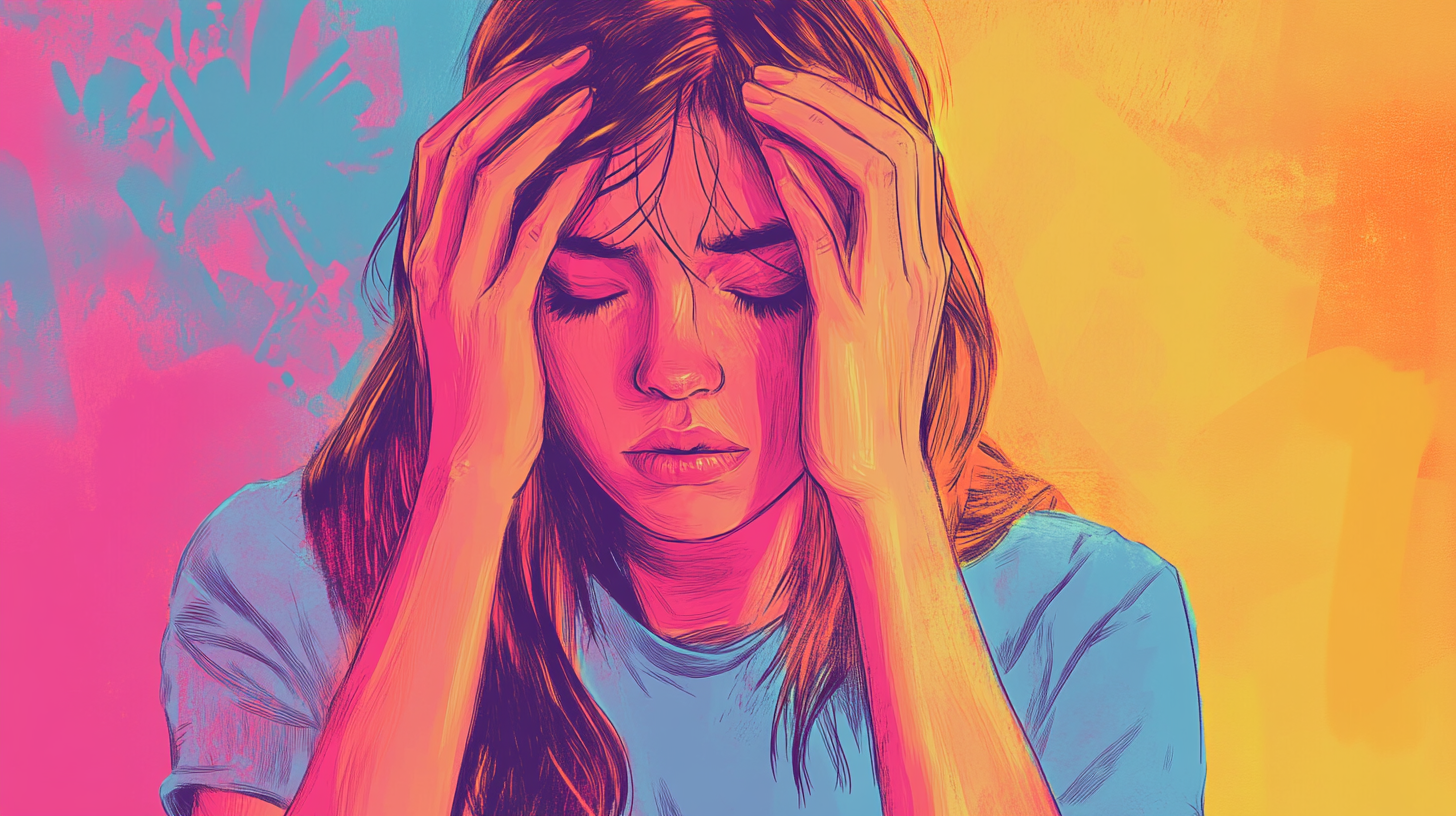
What all these eras share is a common thread: emotional needs without emotional permission. When men haven't been allowed to feel, they've had to do: to lift, to build, to dominate, to fix. Status, war, work, these were the sanctioned outlets. Today, it's no different. The wellness space just offers new arenas for old desires: to be in control, to be respected, to not fall apart.
But under the kettlebells and ketones is still the same fragile hope: let this structure save me from myself.
Control as Coping Mechanism 😅
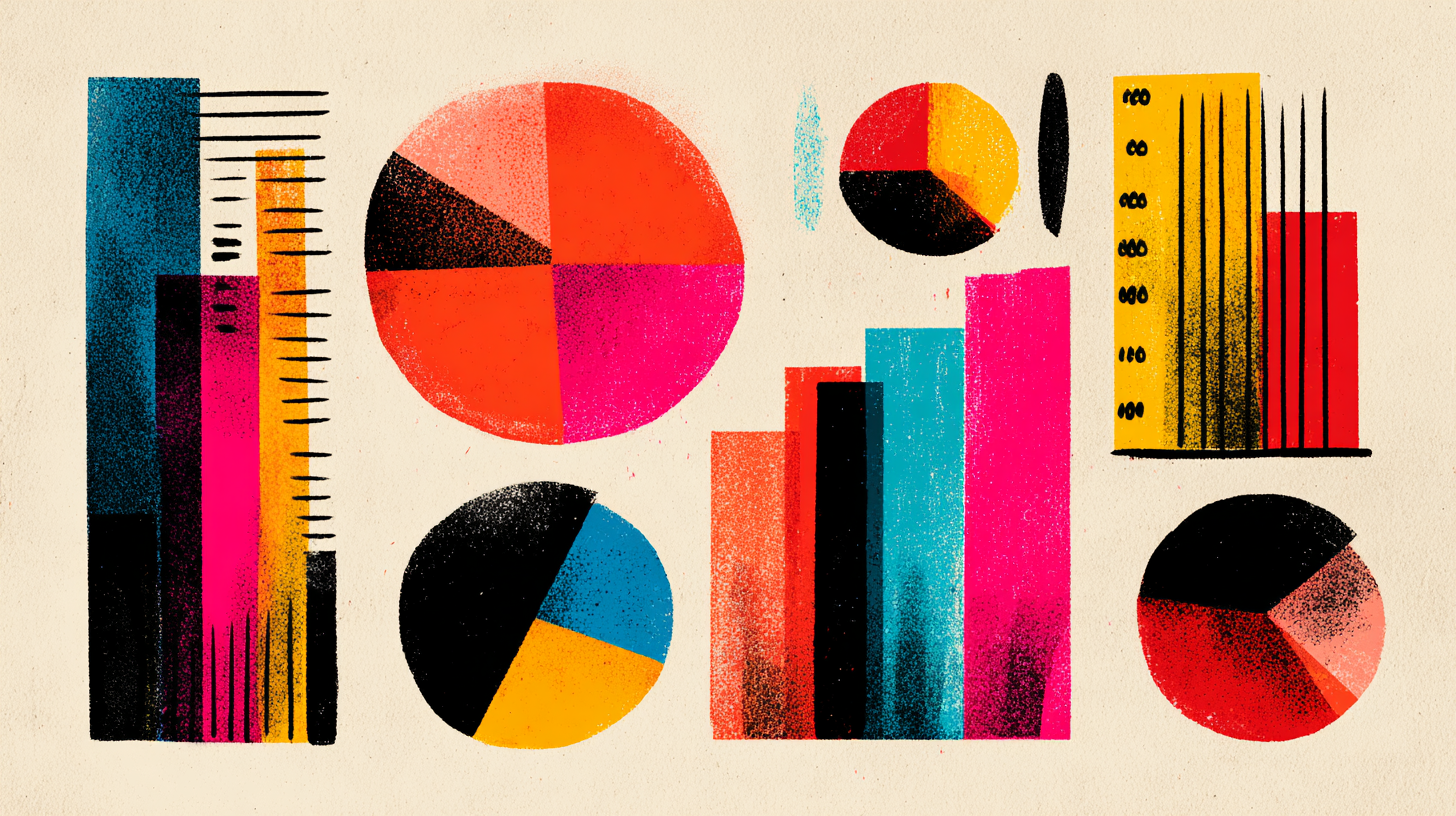
Underneath the supplements, the spreadsheets, and the sunlamp rituals is something more primal: control as comfort. In a world that feels increasingly unstable - economically, socially, even existentially - control offers relief. Not softness. Not surrender. Structure.
Male-coded wellness culture thrives on this. It offers metrics where there's uncertainty. Hierarchy where there's ambiguity. Gains - calories burned, minutes meditated, testosterone boosted - where emotions might otherwise live. It gives men a ladder to climb when the ground is shaking.
Psychologists have a name for this instinct: benign masochism. It's the pursuit of pain that's voluntary, predictable, and safe: cold plunges, ultra-marathons, breath holds. These experiences offer not just a dopamine hit but a social narrative: pain as purpose, endurance as evidence of worth. They create a story where suffering becomes sacred. If it hurts, it must be working.

And so men lean in. They layer discipline over doubt. They track every hour of sleep instead of asking why they never feel rested. They take magnesium for anxiety instead of naming the thing they're afraid of. Plank by plank, they build identities designed not to feel, but to function.
This isn't to say these practices are inherently bad. Many bring focus, resilience, and real physiological benefits. But the question isn't whether they work, it's what they're working around. Are these rituals healing, or are they just highly sophisticated ways to avoid feeling?
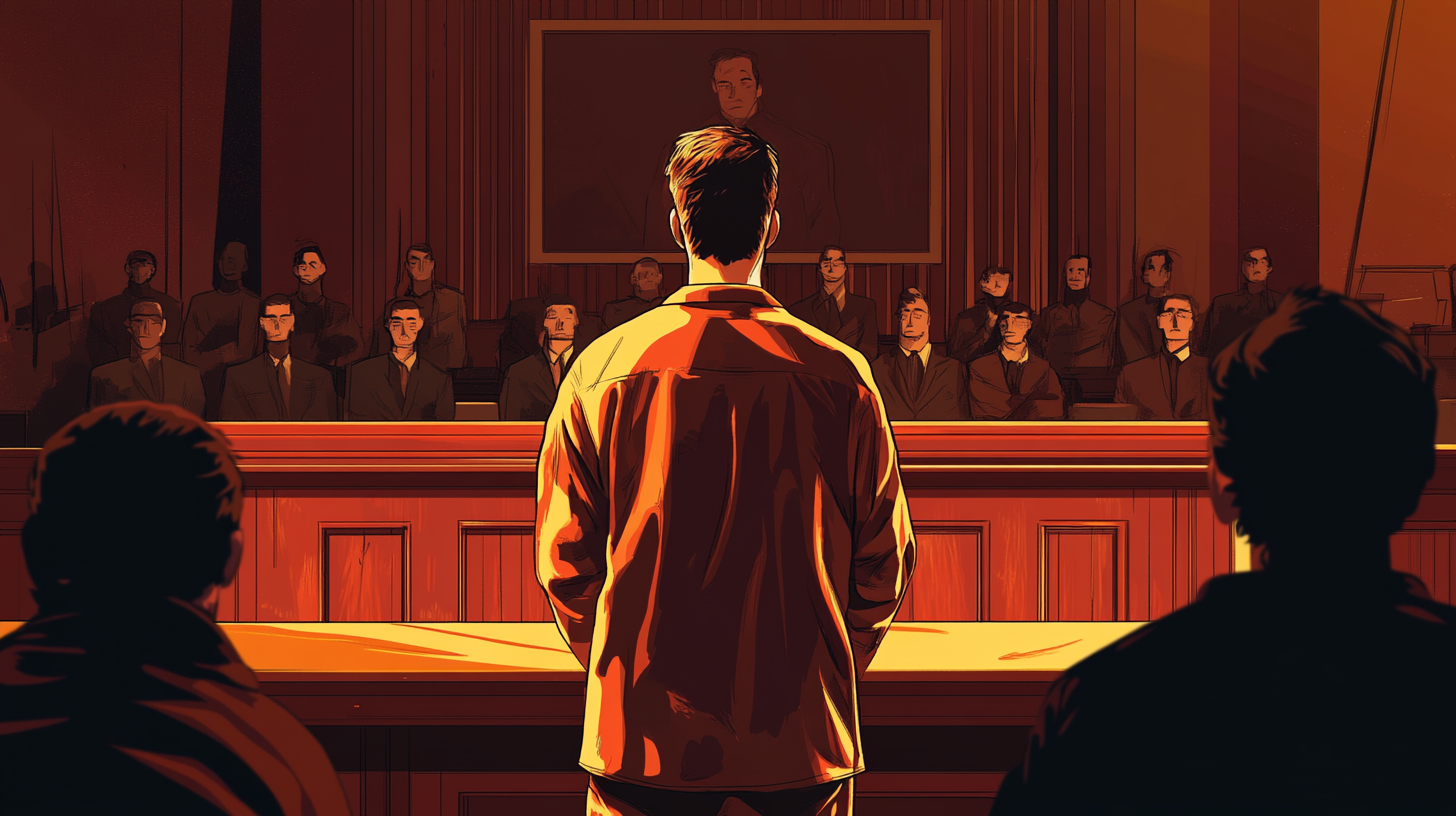
Male-coded wellness doesn't eliminate vulnerability. It just repackages it and camouflages it in grindset aesthetics and performance language. It's not less emotional than traditional wellness. It's just emotional written in code.
And that code: hardness, control, optimization can be seductive. But it can also become a prison. Because if control is the only way to feel safe, then what happens when the system breaks down?
The Soft Parts They Don't Name (And Where It Goes Wrong) 🫥
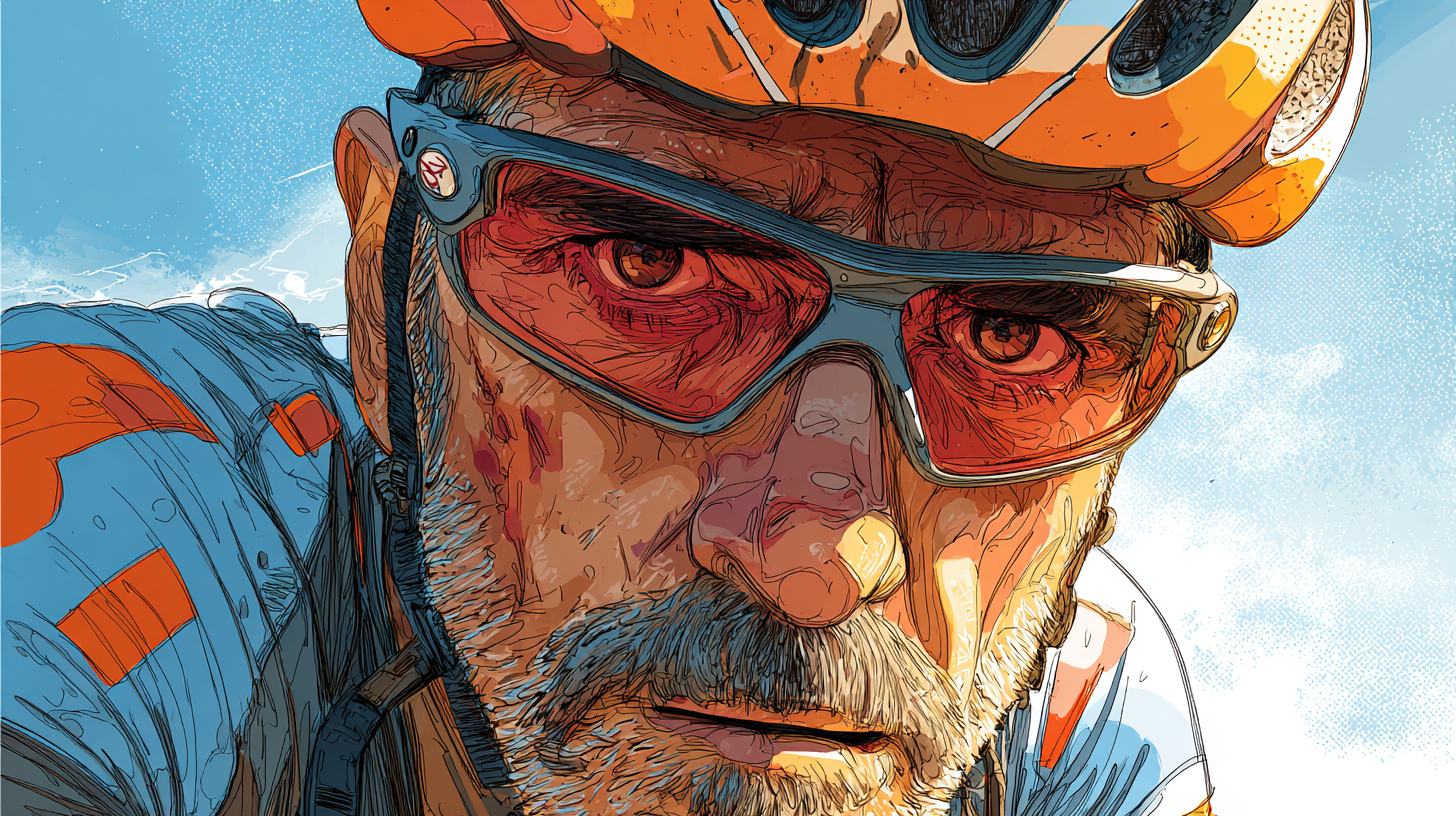
There's tenderness here, even if it's buried under kettlebells and cortisol.
Sometimes the cold plunge isn't about dopamine-it's about stillness. Sometimes the rigid routine isn't about gains-it's about keeping panic at bay. Sometimes the discipline isn't about dominance-it's about surviving addiction without falling apart.
These rituals: hard-edged as they may seem-often carry an emotional payload men haven't been taught how to name. In a culture that still stigmatizes vulnerability, structure becomes salvation. Routine becomes refuge. The gym, the ice bath, the fasting protocol-they become places where men can feel something, without ever having to call it feeling.
But this is also where things can start to fracture.
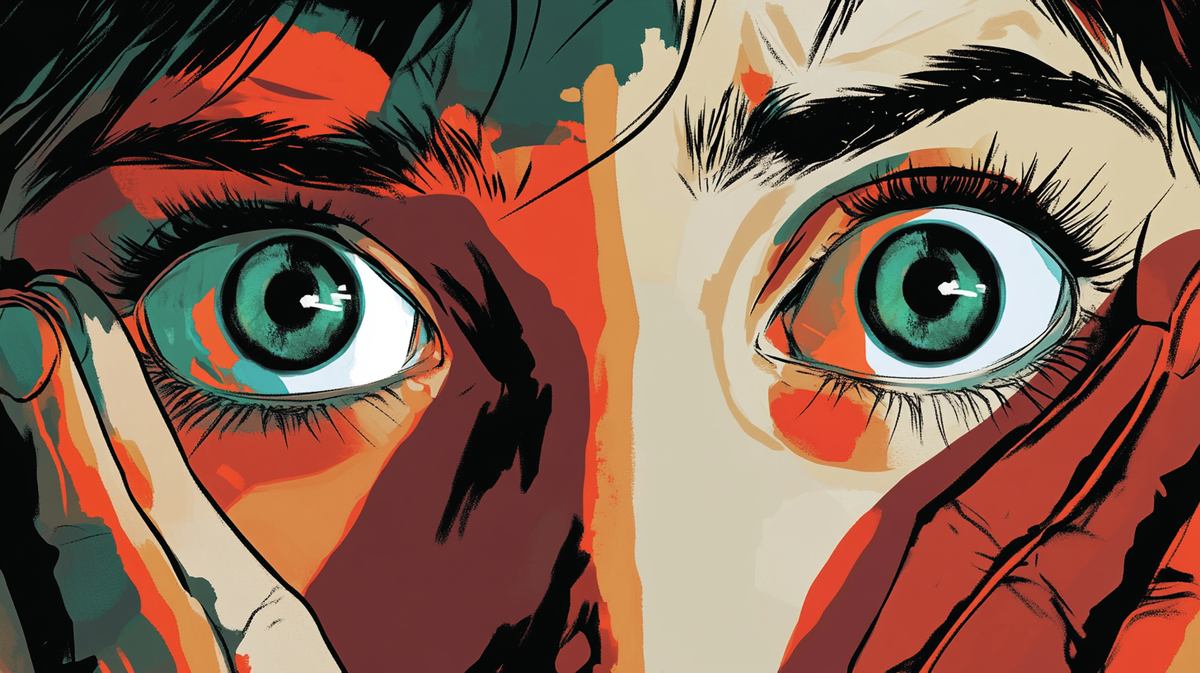
Because when control becomes the only coping tool, anything soft begins to feel like failure. When inner peace gets measured in metrics, when wellness is just productivity in disguise, the pursuit itself can become pathological. The grind never ends. The bar keeps moving.
And so male-coded wellness, for all its discipline and devotion, can quietly turn toxic. It shames weakness. It sells insecurity back to you in $80 mushroom stacks and five-step morning routines. It tells you that burnout is proof you're doing it right. That if you're not crushing it, you must be crumbling.
There's a word for this too: spiritual bypassing, or using spiritual beliefs or practices to avoid dealing with painful emotions, unresolved wounds, or developmental needs. Except in this case, it doesn't wear mala beads, it wears tactical flashlights and Diary of a CEO citations. It cloaks emotional avoidance in the language of optimization. It says: don't feel it, fix it.
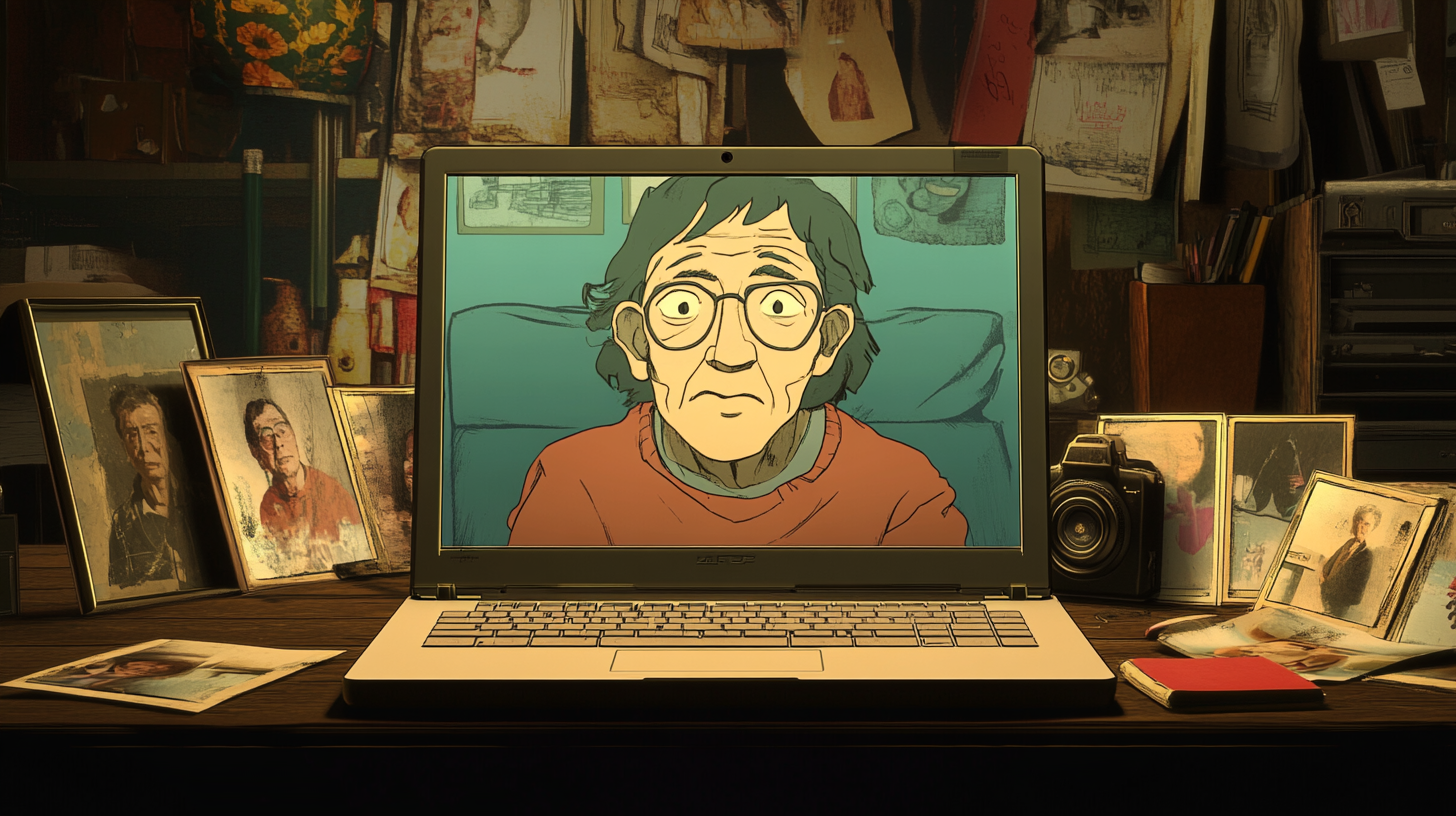
But not everything needs to be hacked. Not every feeling needs to be solved. Sometimes, what men need isn't more control, it's permission to let go. To be held. To not know. To not win.
Because healing isn't always a graph that trends upward. Sometimes it's just showing up to your own mess, untracked and unoptimized.
What's the Alternative? 👩👩👧👧
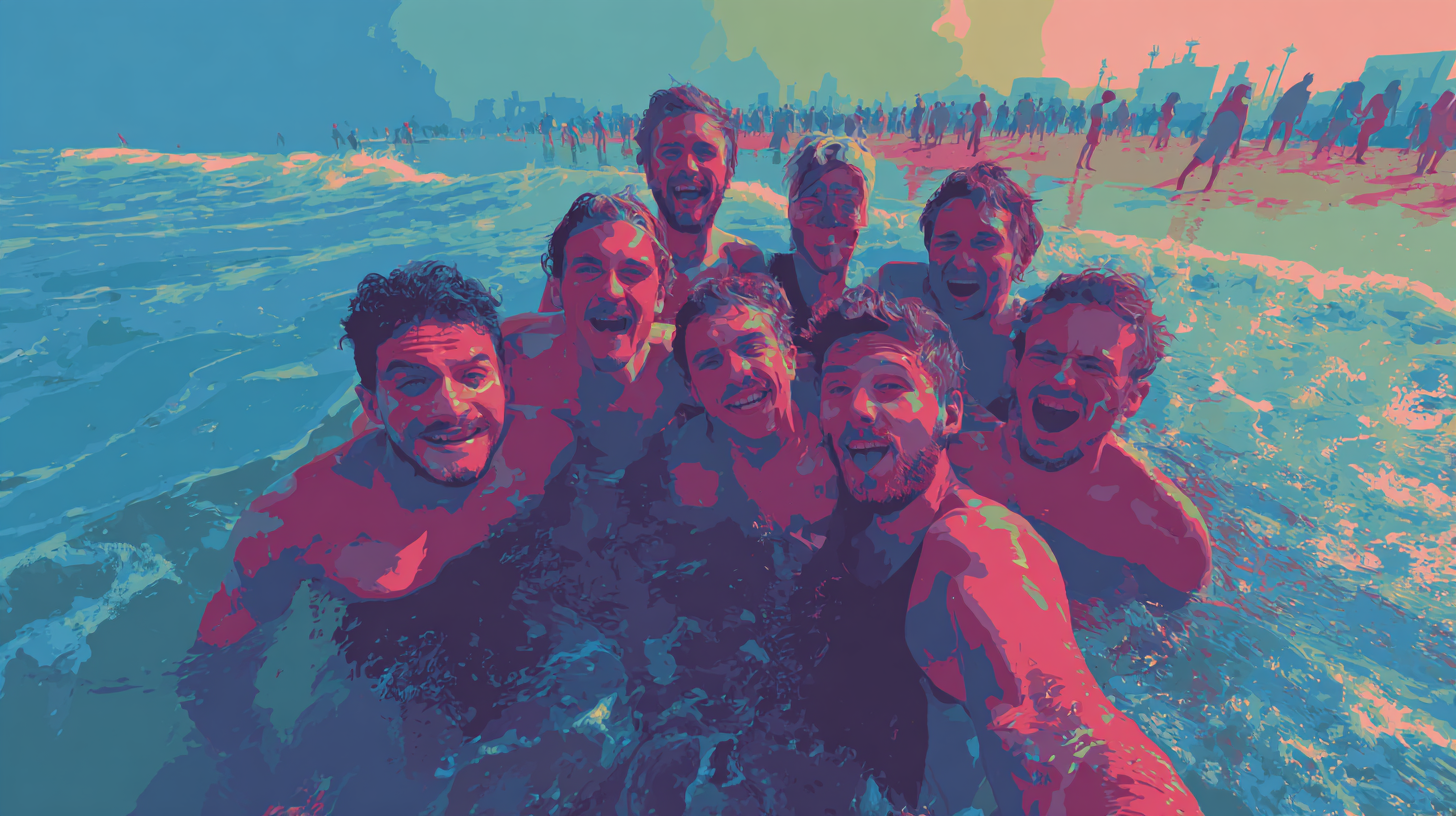
The good news? These ideas of a softer, more sustainable male wellness aren't just theory. They're already being practiced, researched, and gently advocated for by a growing constellation of coaches, scholars, and psychologists who see the limits of optimization culture and are asking a different question: what if healing didn't have to hurt?
Take the work of Dr. Laura Ferris, who studied the annual Dark Mofo solstice swim in Tasmania. Her research revealed that shared voluntary discomfort: like plunging into frigid waters, creates powerful social bonds. The pain isn't just endured; it's transformed into connection. What if men leaned into that kind of togetherness, not just performance?
Meanwhile, psychologists Dena T. Smith and Derek M. Griffith have found that rigid masculine norms - stoicism, emotional suppression, relentless independence - correlate strongly with poorer mental health outcomes. "The higher these men score on the masculinity scale," Smith notes, "the worse their mental health tends to be." The antidote? Opening up the definition of resilience to include empathy, emotional literacy, and relational strength.
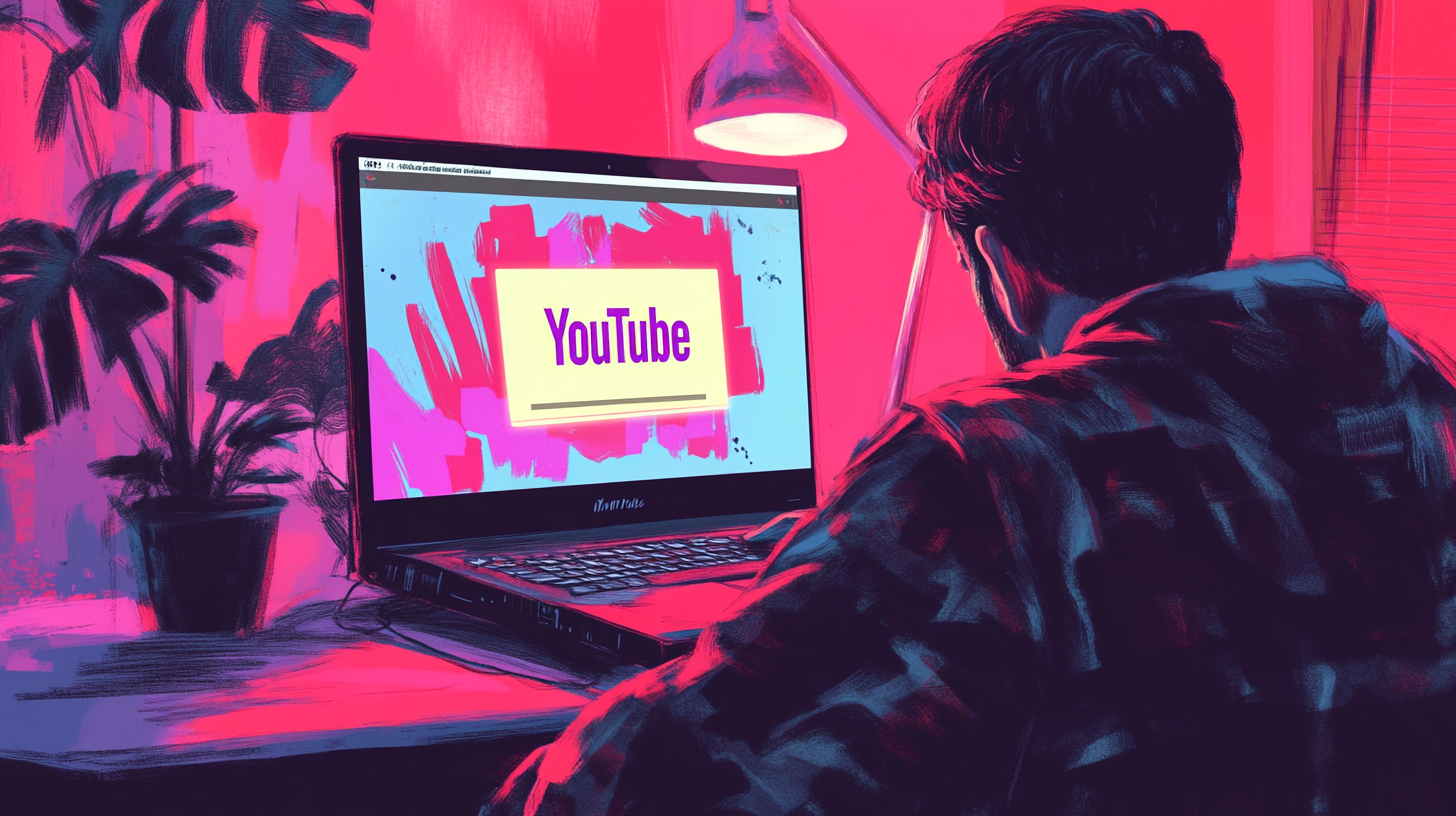
That's exactly what coaches like Ben Bidwell and Bryan Reeves are doing: inviting men into emotional conversations they've never had before. Bidwell says, "For many men, this is the first opportunity to talk about emotions with another man." Vulnerability, in this context, isn't weakness-it's a skill. A doorway.
And even within the framework of masculine-coded values, there's room for recalibration. Daniele Fiandaca, founder of Token Man, argues that traits like assertiveness, ambition, and stoicism aren't inherently toxic, it's how they're weaponized. What if discipline wasn't about denial, but direction? What if emotional independence was a choice, not a shield?
So yes, there is an alternative. One that doesn't throw away the cold plunge or the workout plan, but lets them coexist with compassion. One that sees control not as a prison, but as a tool-used gently, not clutched desperately. One that makes space for not knowing, for not fixing, for not needing to win.
What if strength included surrender?What if wellness made space for stillness?What if healing wasn't a race, but a return-to self, to softness, to something more whole?
These aren't abstractions. They're already here. Quietly. Waiting.
The Camo-Wrapped Inner Child: A Closing Reflection 🤕
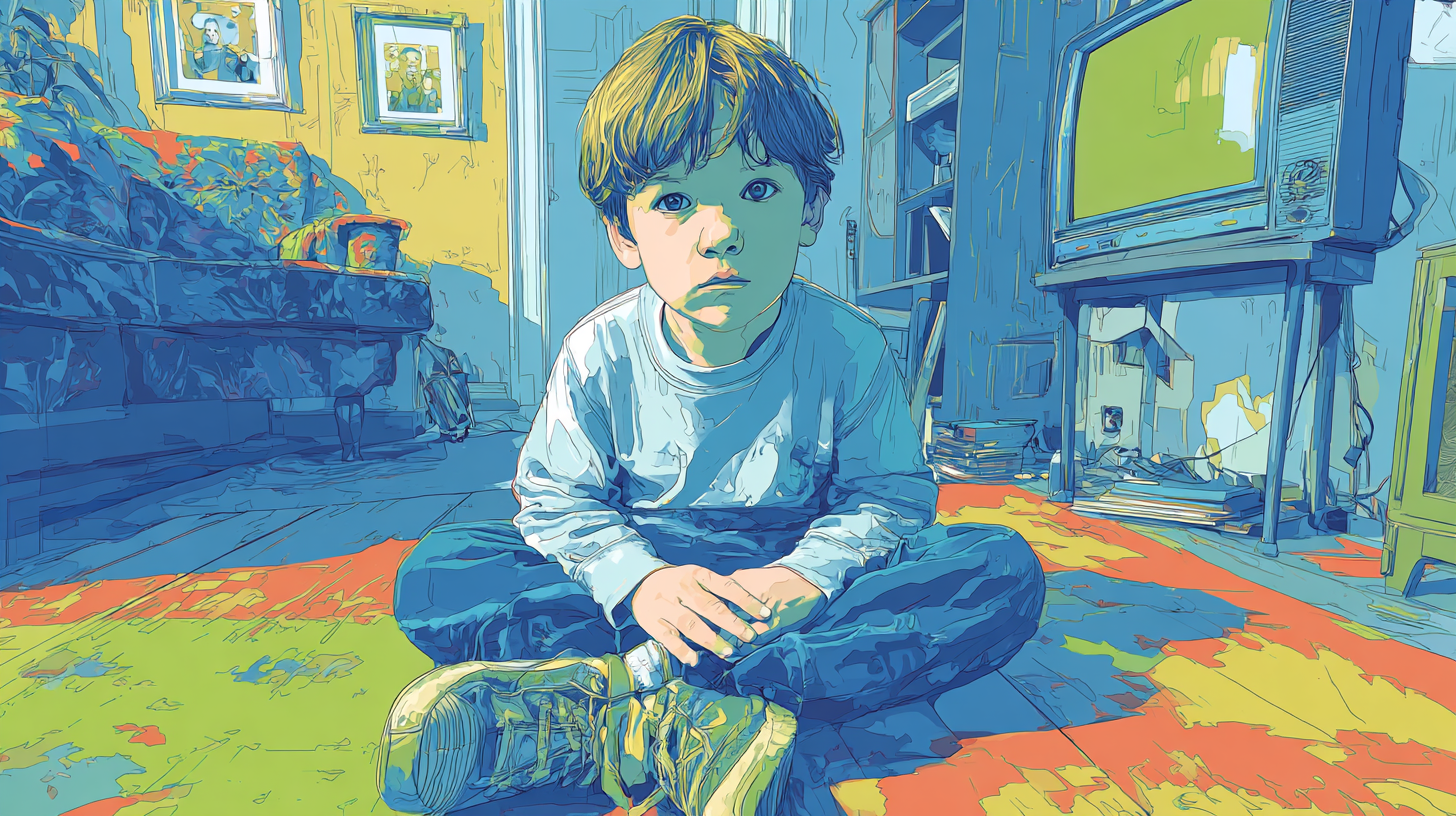
Somewhere beneath the protein powder, the wearable tech, and the three-minute ice baths is a boy.
He doesn't care about testosterone scores or zone two cardio. He doesn't want to optimize his morning routine. He just wants to feel safe. Seen. Like he belongs.
That boy never left. He just learned to speak in systems instead of softness. He learned to call his longing "discipline," his anxiety "drive," his isolation "independence." He put on armor-camo, muscle, spreadsheets-not because he wanted to fight, but because no one ever taught him he was allowed to feel.
This is the strange beauty of male-coded wellness: it's both a mask and a mirror. It hides the wound, but it also circles it. The cold plunge, the marathon, the ritual-they aren't just avoidance. They're gestures toward healing, even if they don't name it that way.
So maybe the real work isn't about choosing between softness and strength. Maybe it's about holding both.
Maybe the next frontier of male wellness isn't harder. Maybe it's quieter. Maybe it starts with letting the camo slip a little-long enough to ask not just how do I keep going? but what do I actually need?
Maybe the bravest thing isn't staying in the ice bath.
Maybe it's getting out, dripping, breathless, and asking someone to hold your hand.
Things we learned this week 🤓
- 👩💼 Women are grilled more in interviews than men.
- 📚 Reading can be a better salve for loneliness than chatbots.
- 👨💼 Men are judged more on attractiveness in customer service roles than women.
- 🎮 Playing video games has a calming effect, even when they’re designed not to be.
Just a list of proper mental health services I always recommend 💡
Here is a list of excellent mental health services that are vetted and regulated that I share with the therapists I teach:
- 👨👨👦👦 Peer Support Groups - good relationships are one of the quickest ways to improve wellbeing. Rethink Mental Illness has a database of peer support groups across the UK.
- 📝 Samaritans Directory - the Samaritans, so often overlooked for the work they do, has a directory of organisations that specialise in different forms of distress. From abuse to sexual identity, this is a great place to start if you’re looking for specific forms of help.
- 💓 Hubofhope - A brilliant resource. Simply put in your postcode and it lists all the mental health services in your local area.
I love you all. 💋













